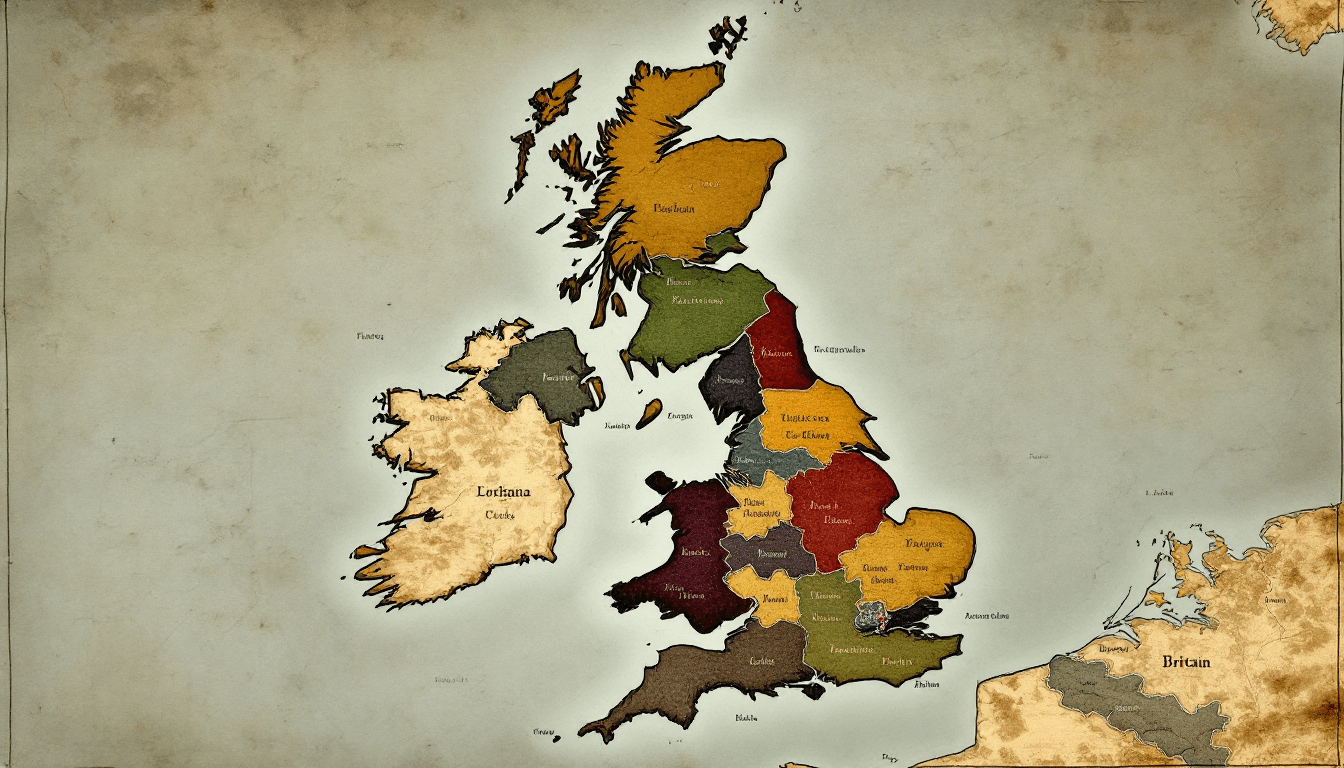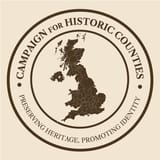Restoring Clarity: The Case for the Historic Counties of Great Britain
Britain's historic counties, unchanged for centuries, are being confused with modern administrative areas created since 1888. The Campaign for Historic Counties calls for clear distinction between geographic and council areas to restore pride and clarity.






